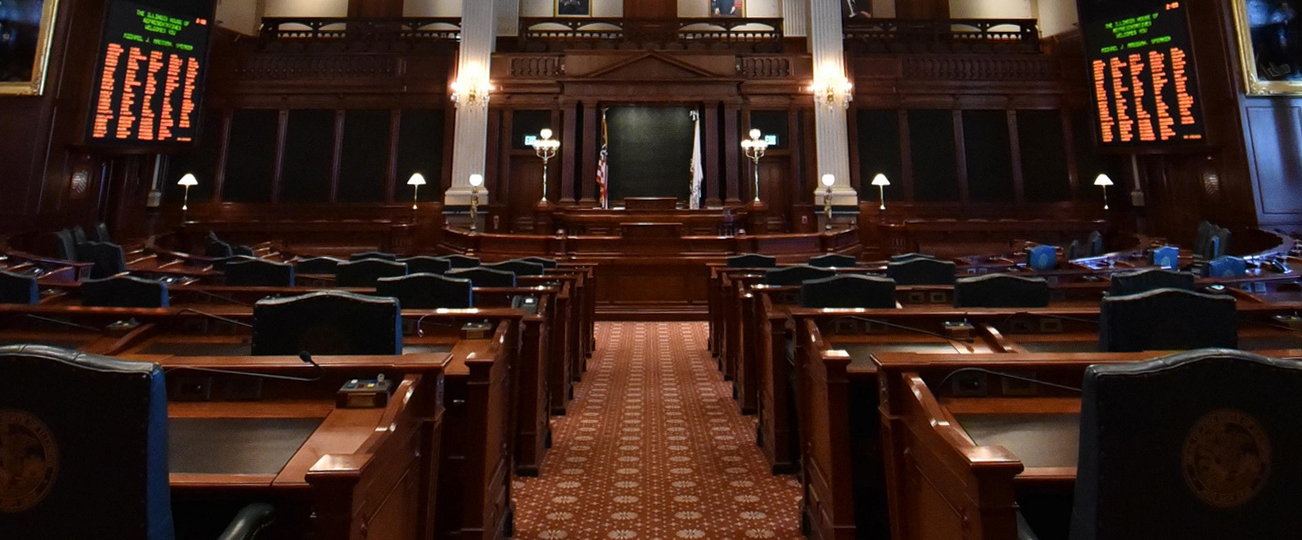The most popular choice among students who live and attend school in colder climates is to take a beach vacation. Florida is the most popular United States location, with Panama City Beach, a resort town in the Florida Panhandle, being named the “Spring Break Capital of the World”. Panama City Beach has the longest standing reputation for drawing in students during March for spring break with an annual 2 million visitors during March and April. Other prime spring break spots in the United States include Orlando, Florida, Las Vegas, Nevada, Miami, Florida, and San Diego, California.
This Spring, it is anticipated that 173 million Americans will travel by airplane in March and April, many for spring break travel. With so many people traveling, it is important to follow these tips and tricks to ensure safe traveling and vacationing this spring.
Learn your surroundings: While traveling, it is easy to get lost, especially in places you have never visited. Take the time to learn the exit routes of your hotel or lodging facility, avoid poorly lit or seemingly non-tourist areas, and research secure locations in the area that you are staying in.Stay in groups: Avoid traveling and exploring alone. While at your destination, stay in groups and do not leave events or places alone. If the group must separate, take at least one other person with you. If you must travel alone, ensure someone knows of your whereabouts.Travel light: Spring break is not the time to bring your finest jewels or designer tote. It is best to leave your expensive or most invaluable items at home when you travel and only bring the necessary items to avoid the risk of losing your items.Hydrate and wear sunscreen: The sun is draining, and being out in it all day takes a toll on your body. Be sure to drink plenty of water and reapply sunscreen often to avoid sun poising and dehydration.
Know your limits: While spring break is a time to let loose and recover, it is important that you know your limits and do not push yourself too far. Being in a new and unfamiliar place poses many risks and is not the time to experiment with pushing your body’s limits.
Be cautious when sharing details: Small talk is an unsuspecting way to get more information about where someone is staying and what their plans are for their vacation, which are details that should be kept confidential. Be cautious when talking to strangers and posting on social media about your location and lodging details.Bring cash: While the world has gone digital, it is best to bring cash with you when traveling to avoid any mishaps with your card declining, or running into a position where you need cash and do not have access to an ATM. The cash amount should be limited, but enough to cover an unexpected expense like a taxi or your check at dinner.Have a plan: Before leaving for the airport or getting on the road, discuss a game plan for your trip. By researching restaurants, bars, clubs, parks, beaches, and other vacation-centric spots, you can avoid mishaps during your trip, like planning to eat at a restaurant that is no longer open or visiting a not tourist friendly destination. This also helps to avoid plans being cancelled due to weather or closures.Take advantage of free or low-cost activities: Before you go, research some of the attractions in the area of your vacation and take advantage of low and no cost activities. Many museums, parks, festivals, and more may be good low and no cost options to check out.Book early: To save money, book your spring break early. By booking ahead of everyone else, you can save money on lodging, events, and travel.
To learn about more tips and tricks for your upcoming spring break trip, visit the following websites.
- American Safety Council, Essential tips for spring break
- Virigina Tech, Spring break tips
- U.S. Department of State, Traveling abroad for spring break
- Center for Disease Control, Travelers’ Health
- ABC News, Tips for booking spring break travel


